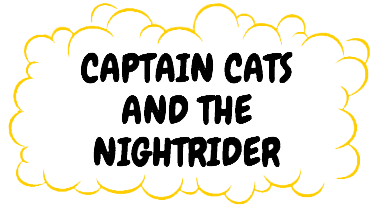Yo Ho, WeRCatz here!
On March 4, 1922, a silent German Expressionist film premiered. It was called “Nosferatu: A Symphony of Horror.” It starred Max Schreck as the vampire Count Orlok. This film was adapted from Bram Stoker’s Dracula.
Thus, the myths about Dracula and vampires depicted on film was born. The dark elements were well defined, the settings were not happy as usual and the makeup for Schreck’s vampire has indeed stood the test of time in the practical sense. Because of Nosferatu, we see vampires die from sunlight unlike Bram Stoker’s vampire where sunlight only weakens. And to top it off, Nosferatu gave film a sense of shock as it shows the film industry the first cold-hearted reality of life: not all endings are happy.
Now 100 years later, Nosferatu is considered Horror 101 as the filming techniques used are still relevant. Born from the aftermath of WW1, German Expressionism films became very influential such that Hollywood films at the time were mere amateur puppet shows compared to German films. This was the case of not only Nosferatu but of Metropolis, The Golem, and other films that are now looked upon as world cinema treasures. The details of the actor’s faces, the stories, and the gloomy atmosphere make the films more relatable to the viewer of the 1920s.
We are fortunate to have Nosferatu still in existence. Bram Stoker’s descendants were NOT fans of the film adaptation of Dracula and successfully sued the film company: the courts ordered all copies of Nosferatu to be destroyed. This was to be one of cinema’s first cases of copyright infringement. Several copies have survived thankfully and bootlegs of the film are preserved and premiered through the years. But the bootlegs themselves are copyright protected so that no harm will come to Nosferatu even though the original film itself has been in the public domain since 2019.
It is interesting to note that the music we hear from Nosferatu is almost completely lost. Hans Erdmann’s music of Nosferatu only exists in a partially adapted suite. If only we had the whole sheet work we would know exactly what kind of music that horror films SHOULD have.
So take a look at Nosferatu and see for yourself. It doesn’t scare as it used to 100 years ago, but it still haunts and disturbs as a masterpiece of film.

Recent Comments